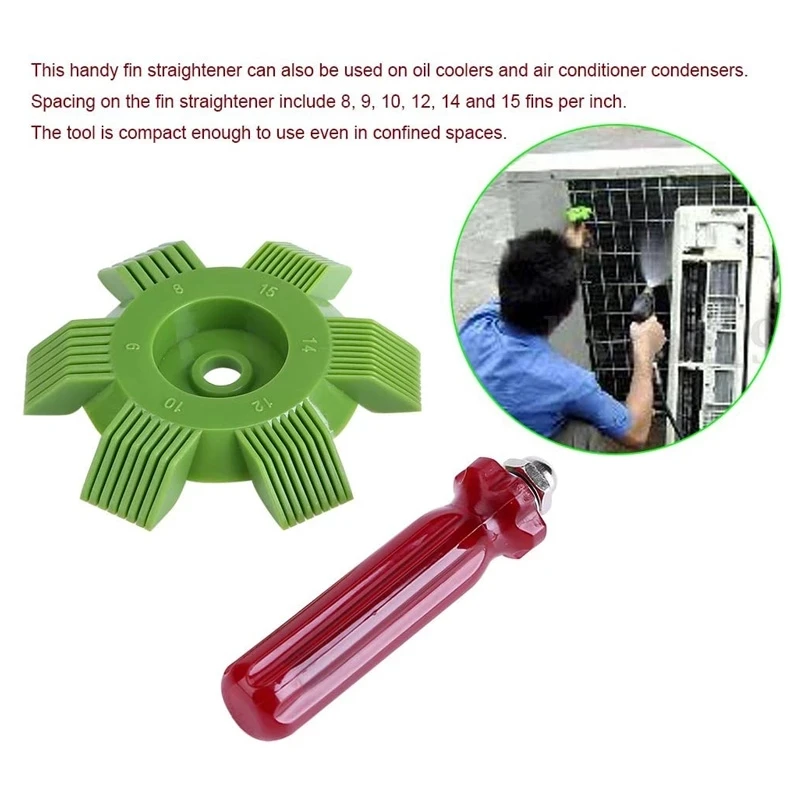About two years ago we went to a tool event & saw a PB Blaster booth. Aside from their well-known PB Blaster spray (that breaks free rusty bolts), they also make a wide range of other specialty products for a wide range of applications. One such product is the Air Tool Conditioner. It comes in a standard aerosol spray bottle, and is designed solely with air tools in mind.
While we were at the event, the PB rep explained at-length the positive features of the Air Tool Conditioner — and claiming that it could not only completely clean the motor/interior of an impact wrench — but that it could also restore torque that had lowered overtime (due to dirt, grease, debris, etc).
He went on the explain that a certain manufacturer of impact wrenches actually used this product when warranty claims came in. Rather than opening the problem impact up & working on it, they would soak the inside of the tool with the conditioner, let it set, & then re-run the tool.
He said “most of the time” it brought the tool back into torque specs & no further repair was needed.
Recently we found this in-stock at a local farm supply store, so we bought a can & decided to see if it actually works. To verify the results before & after, we used the following setup :
Using the Skidmore, forward & reverse peak dynamic torque was verified. The test was ran in 3 separate 1-second bursts to prove “how hard” the impact was hitting (in both forward & reverse). The forward torque measured was 301 ft-lbs & the reverse torque was measured at 339 ft-lbs.
After the initial testing, using the PB Blaster is about as easy it as gets —- turn the tool over & spray it in the air plug and exhaust. You then let it set for 10-15 minutes. Now reconnect the air line & pull the trigger — the PB Blaster, oil, grease, dirt, and debris will shoot out the exhaust. (
Be sure to put a rag/towel under it, or it will soak you). We repeated the soaking & after a total of 3 times, the exhaust spray came out basically free of discoloration.
You then let it set for 10-15 minutes. Now reconnect the air line & pull the trigger — the PB Blaster, oil, grease, dirt, and debris will shoot out the exhaust. (
Be sure to put a rag/towel under it, or it will soak you). We repeated the soaking & after a total of 3 times, the exhaust spray came out basically free of discoloration.
Now that the impact was clean, it was time for torque test #2. With the exact same setup as our initial run, we repeated the steps over again & the torque specs did improve — VERY slightly. The forward torque was now topping out at 303 ft-lbs & the reverse at 348 ft-lbs.
This equaled a minimal increase of 2 ft-lbs in forward & 9 ft-lbs in reverse. In reality, there is no way that you would “feel” a difference before & after the PB treatment. This was not a lightly used impact…..nor was it brand new. I can only assume that due to the tool being well-oiled over it’s life, the PB didn’t have much to remove that could have effected its performance.
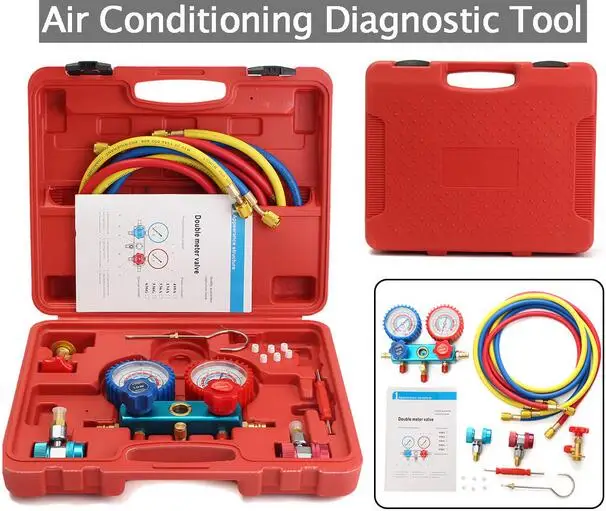
Some people have reported a noticeable increase in speed/power of their air tools after using the PB Blaster — however, we did not. Our testing has proved one thing — PB Blaster Air Tool Conditioner is NOT a miracle cure for your old & under-powered air tools. It did show some increase in power, but not much. In reality, a few drops of oil and/or a shot of WD-40 may have made the impact increase with the same amount of torque.
If you have older air tools that need a rebuild, are sluggish, or you would like them clean & running at max performance — check out the PB Air Tool Conditioner. But, if you are looking for some magic to bump your power levels up — this isnt going to be it.
My Items
Item #: VORG6289532 - UPC: 032167100064 - MODEL#: 16-ATC
Item #: VORG6289532
Sale: $6.92
Retail: $8.35
Was: $8.32
You Save: $1.43 (17.1%)
BLASTER CORPORATION
B'LASTER 16-ATC Air Tool Conditioner, 11 oz Aerosol Can
B'LASTER air tool conditioner thoroughly cleans internal pneumatic tool parts, restoring them to peak performance and prolonging tool life.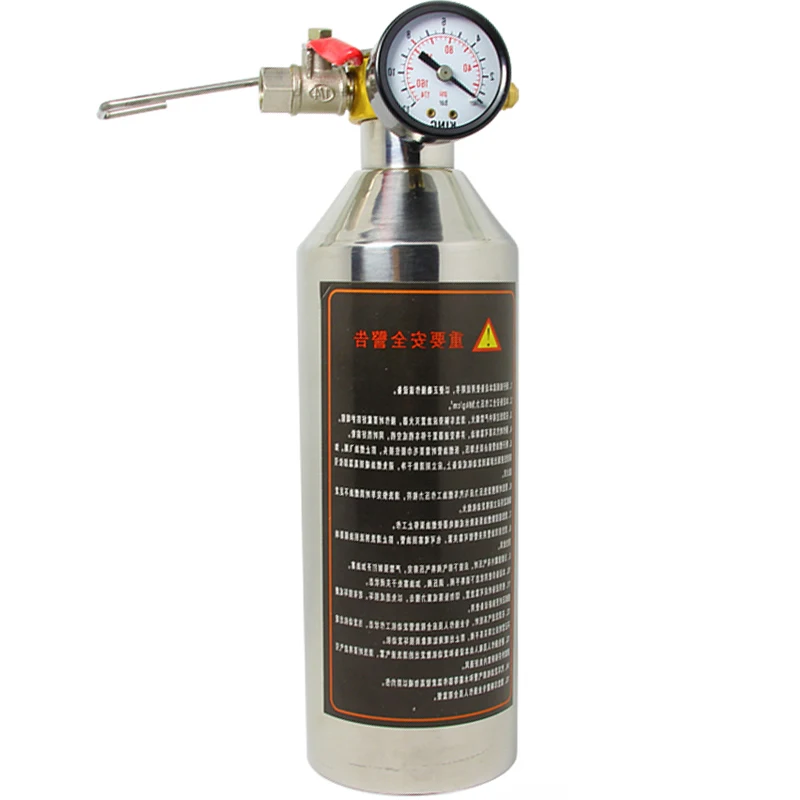 It breaks loose deposits that create friction and impede smooth operation. It also provides long-lasting lubrication and protects tools from freeze up.
It breaks loose deposits that create friction and impede smooth operation. It also provides long-lasting lubrication and protects tools from freeze up.
"ATC"
Size Oz=12 Unit: EA
WD-40 120046 Air Tool Drip Oil, 4 oz Bottle
Sale: $5. 09
09
Vulcan CC910 Air Tool Accessory Kit, Brass/Steel, Brass/Chrome, Brass/Chrome
Sale: $25.59
MARVEL MM080R Air Tool Oil, 4 oz Bottle
Sale: $3. 11
11
OIL WINTER FOR AIR TOOLS 20OZ 6 Pack
Sale: $47.34
in our article, we will talk about the types of air conditioner compressors and also briefly discuss what different types of compressor are and what their difference is, in order to clarify well what different types of air conditioner compressors are. Usually, a commercial compressor is responsible for two functions, that make our modern world possible: air conditioning and refrigeration.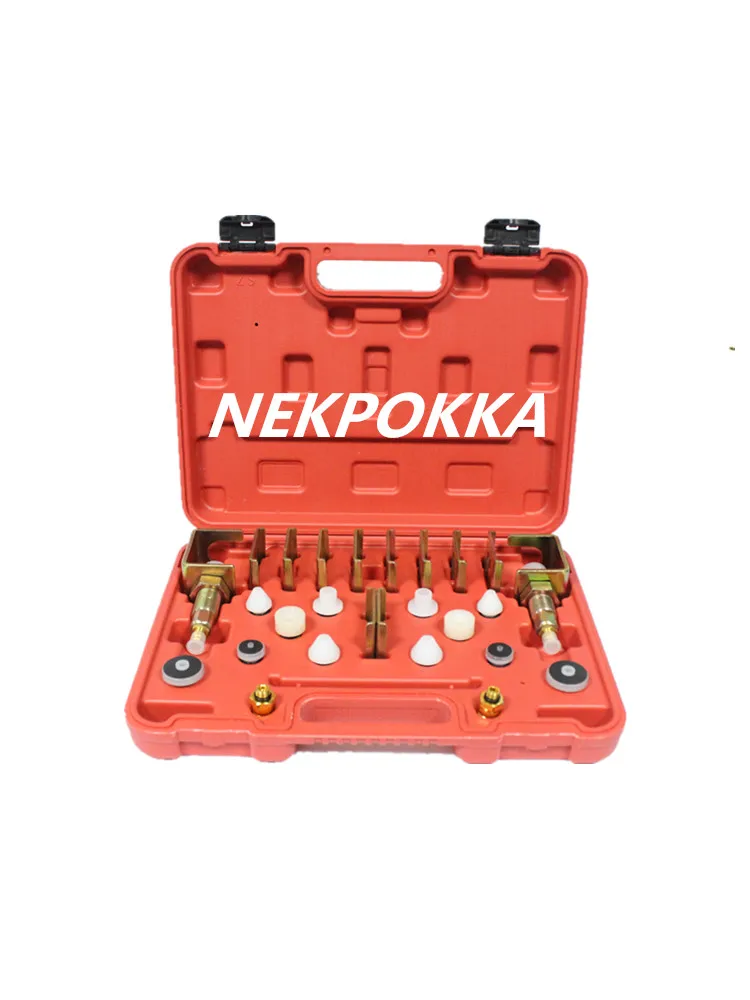 Without them, everyday life would look different. nine0003 Refrigeration ensures food, meat, dairy and other products stay fresh on the way from farm to processor to grocery store. When they finally get to your house, they go straight to the refrigerator: and we all know what a sudden refrigerator failure means that threatens grocery stores!
Without them, everyday life would look different. nine0003 Refrigeration ensures food, meat, dairy and other products stay fresh on the way from farm to processor to grocery store. When they finally get to your house, they go straight to the refrigerator: and we all know what a sudden refrigerator failure means that threatens grocery stores!
🔰 different types of air conditioning compressors for air conditioning:
🔰 Some basic options for how types of air conditioning compressors differ from refrigeration compressors include:
🔰 what is the working principle of different types of air conditioner compressors?
❖ There is a compressor inside every air conditioner.
The compressor plays a very important role in compressing the refrigerant as it enters the machine to raise its temperature. After heating, the gas leaves the compressor and enters the condenser so that the cooling process can begin.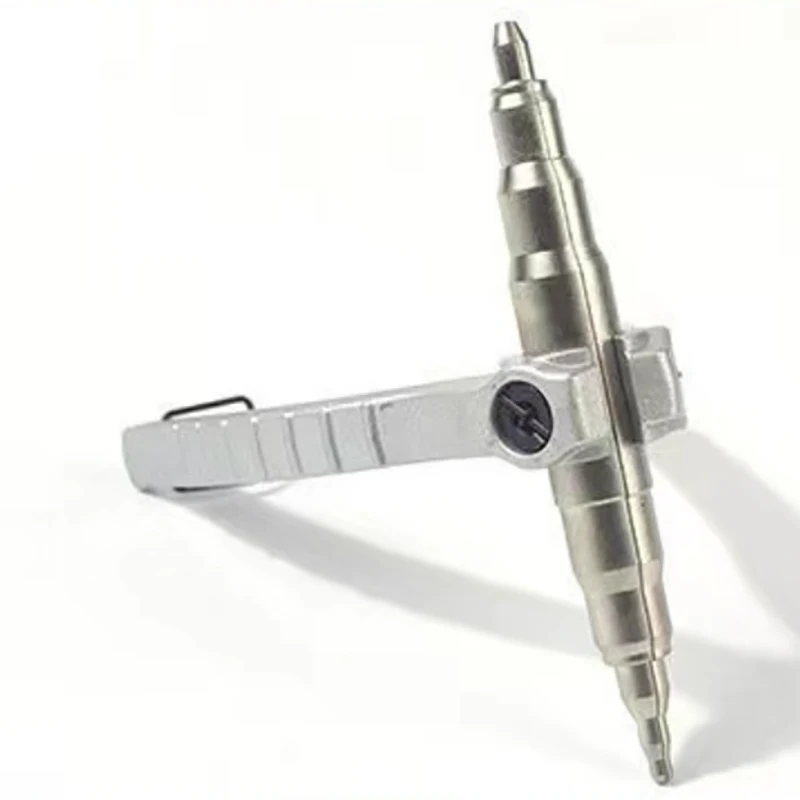 While all AC compressors do the same job, they work differently and come with different pros and cons. nine0003 ❖ Air Conditioning Reciprocating Compressor
While all AC compressors do the same job, they work differently and come with different pros and cons. nine0003 ❖ Air Conditioning Reciprocating Compressor
Reciprocating compressor is the most popular type of air conditioning compressor. The piston compresses air as it moves up and down inside the cylinder. As the piston moves down, it creates a vacuum effect that sucks in the refrigerant. As it moves up, the gas is compressed and moves into the condenser. The reciprocating air conditioner compressor is very efficient as air conditioners can have up to eight cylinders inside the compressor.
❖ Scroll types of AC compressors
Air conditioning scroll compressors such as this LG compressor are newer on the market. They contain one fixed coil, called a scroll, in the center of the device, and then another coil that rotates around it. During this process, the second coil pushes the refrigerant towards the center and compresses it. Scroll compressors are quickly becoming as popular as reciprocating compressors because they have fewer moving parts and are therefore more reliable.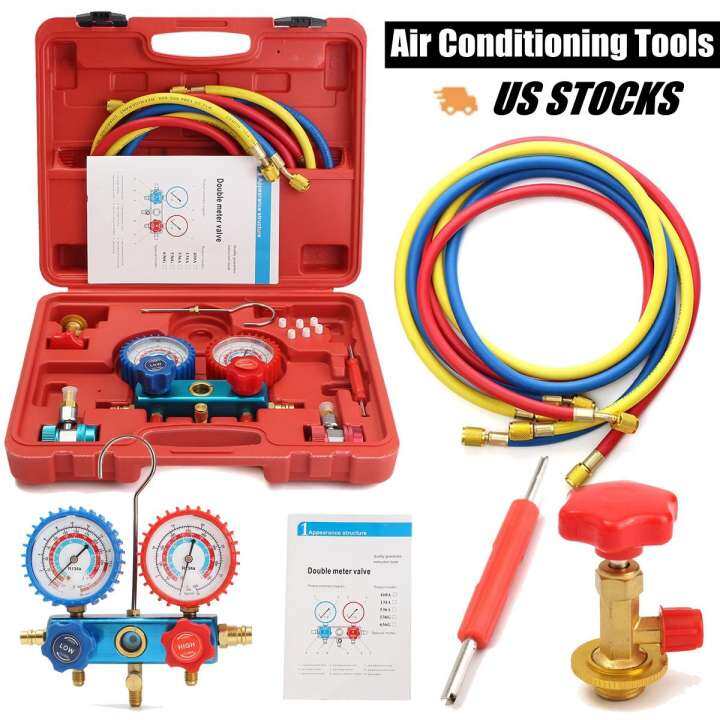 nine0003 ❖ Screw types of AC compressors
nine0003 ❖ Screw types of AC compressors
The screw compressor is extremely reliable and efficient, but it is mainly used in large buildings where there is a large amount of air that needs constant cooling. An air conditioner screw compressor contains two large screw rotors that move air from one end to the other. As the refrigerant passes through the compressor, the space becomes smaller and it contracts.
❖ Rotary types of air conditioner compressors
Rotary compressors are small and quiet, so they are popular in places where noise is a concern. Inside this type of air conditioner compressor is a shaft with several blades attached to it. The vane shaft rotates inside the graduated cylinder, therefore pushing the refrigerant through the cylinder and compressing it at the same time.
❖ Centrifugal Types of Air Conditioning Compressors
The last type of air conditioning compressor is the centrifugal compressor. As the name suggests, it uses centrifugal force to draw in refrigerant gas and then spins it rapidly with an impeller to compress it.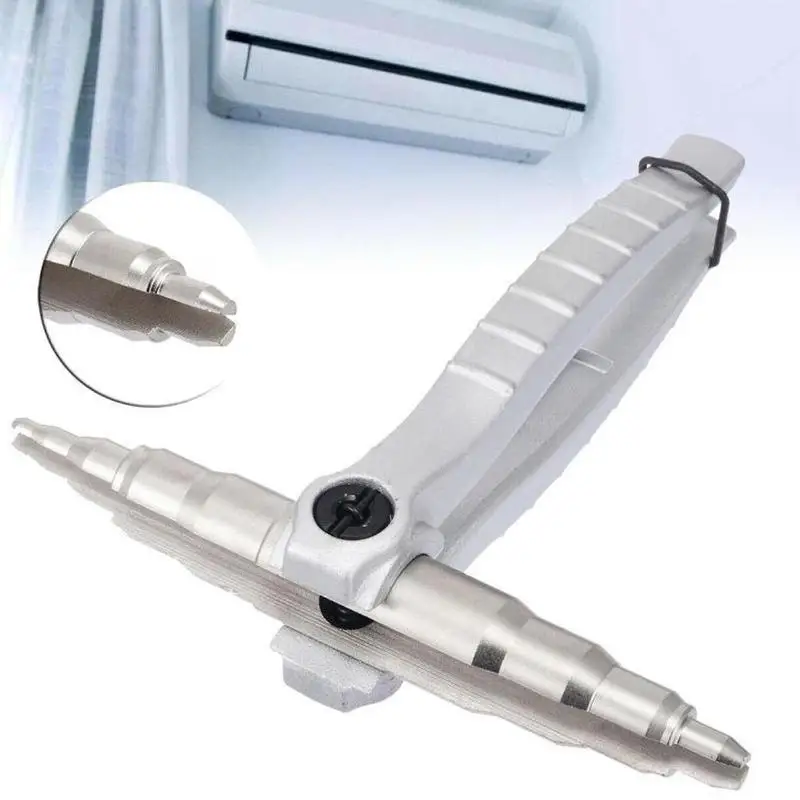 Centrifugal air conditioning compressors are typically designed for very large HVAC systems. nine0003 How are air conditioner compressors different from refrigeration compressors?
Centrifugal air conditioning compressors are typically designed for very large HVAC systems. nine0003 How are air conditioner compressors different from refrigeration compressors?
There are key differences that ensure you should never try to replace an AC compressor with a refrigeration compressor or vice versa. In rare cases this is possible, but would be extremely inefficient. The compressor can fail without warning and damage the entire HVAC or refrigeration system. nine0004
★ A different refrigerant is being used, which can cause instantaneous system failure
★ Refrigerant pressure difference during refrigeration
★ Evaporator and condenser coil configuration
★ Coil operating temperatures condenser
To understand how different types of air conditioning compressors work, you need to understand how the entire air conditioning system works.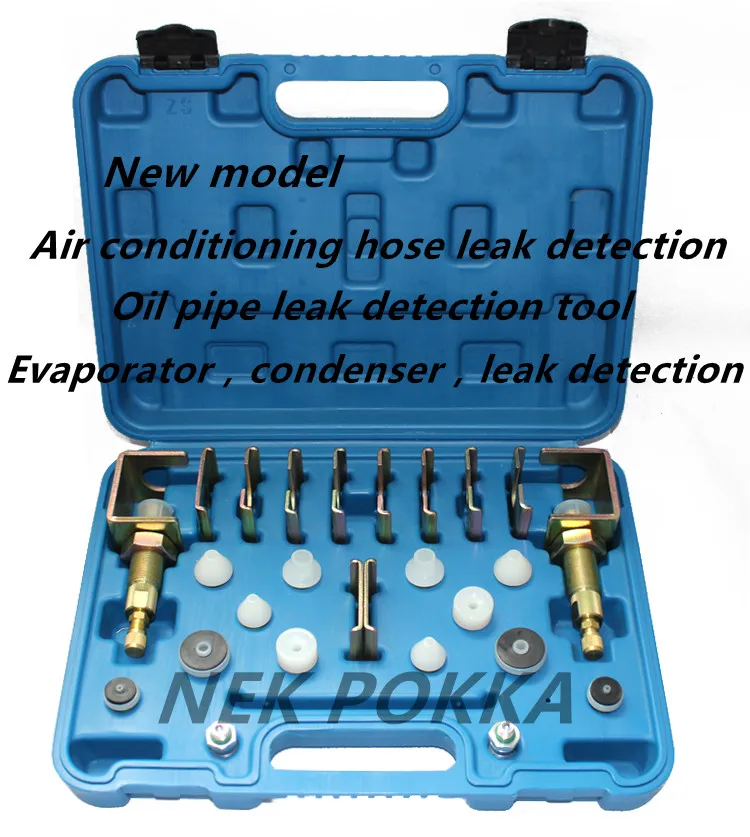 Essentially, there are two systems that work together. The first is an air circulation system that draws air into the room and filters out contaminants such as dust and dirt as well as moisture. The air then passes through the evaporator coils, which cools the dry air and is expelled into the room as cold air. nine0003 The second system associated with different types of air conditioner compressors is the condenser, which for split air conditioners is installed outside the house. The refrigerant circulates between it and the evaporator using the pressure difference to keep the evaporator cold. The cooler refrigerant is then passed through the condenser. Heat is removed and removed, the refrigerant becomes cold again and is fed into the evaporator.
Essentially, there are two systems that work together. The first is an air circulation system that draws air into the room and filters out contaminants such as dust and dirt as well as moisture. The air then passes through the evaporator coils, which cools the dry air and is expelled into the room as cold air. nine0003 The second system associated with different types of air conditioner compressors is the condenser, which for split air conditioners is installed outside the house. The refrigerant circulates between it and the evaporator using the pressure difference to keep the evaporator cold. The cooler refrigerant is then passed through the condenser. Heat is removed and removed, the refrigerant becomes cold again and is fed into the evaporator.
Due to the versatility and practicality of the compressor, it is very common to use the air conditioner compressor. Based on this, it is very interesting how the air conditioner compressor , works, the principle of its operation and features.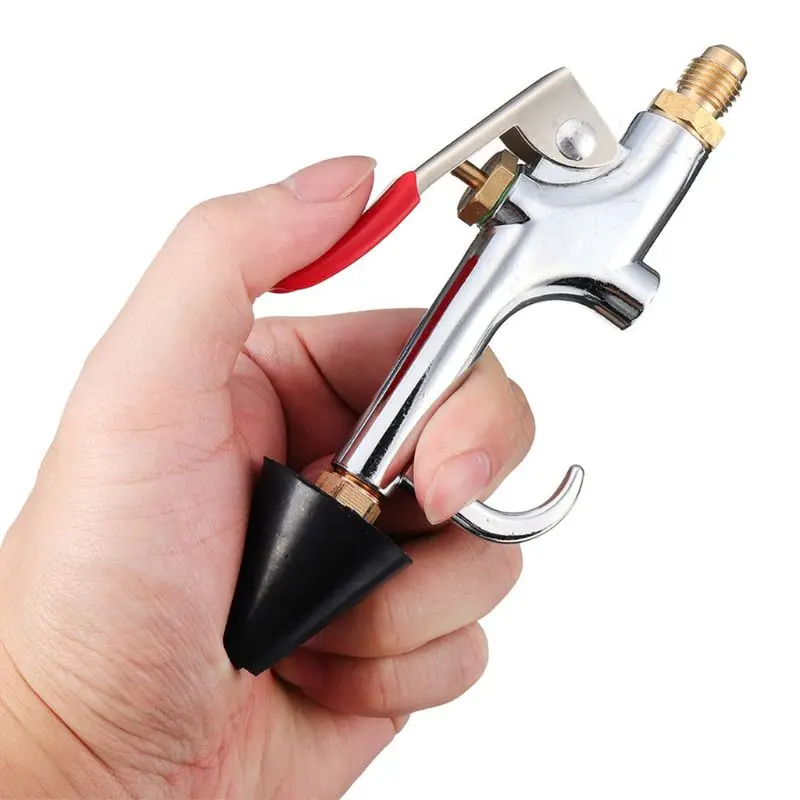 Thus, in our article we discuss all these issues, especially how the air conditioner compressor works.
Thus, in our article we discuss all these issues, especially how the air conditioner compressor works.
The A/C compressor is the system component that raises the temperature and pressure of the refrigerant vapor leaving the evaporator coil. It is important that the compressor pressurizes the refrigerant vapor so that it creates a pressure difference, the pressure difference necessary for the refrigerant to flow. High pressure fluids flow towards lower pressure fluids. Basically what happens is that the compressor pressurizes the refrigerant so that the refrigerant flows to the lower pressure refrigerant in the evaporator coil. nine0004
A compressor that increases the pressure also increases the temperature. The direction of heat transfer is from a substance with a higher temperature to a substance with a lower temperature, with the lower temperature in the evaporator coil and the higher temperature in the compressor and condenser.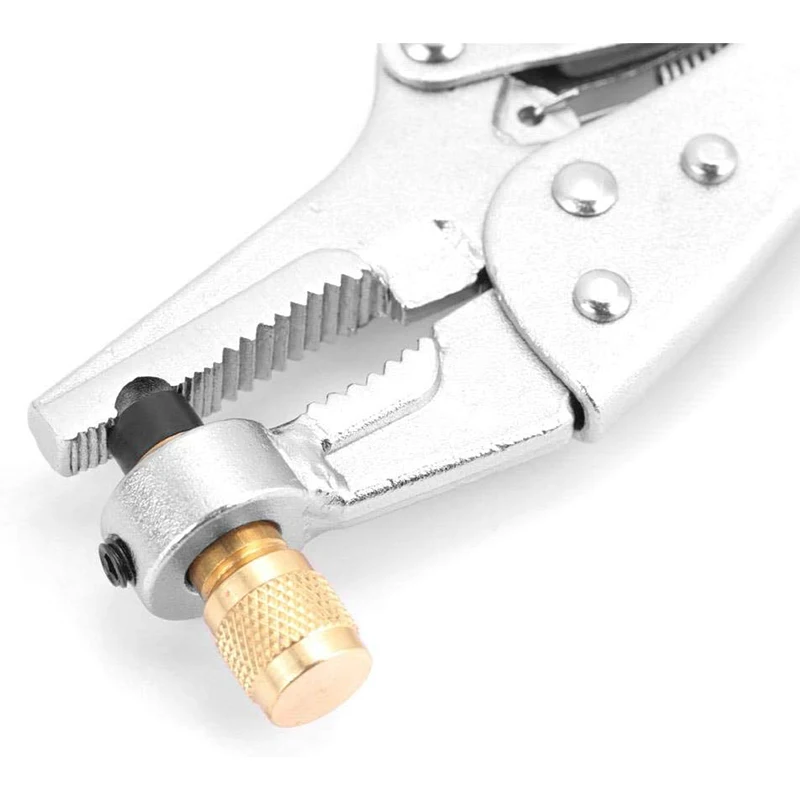
The increased freon temperature is very important, because the refrigerant will be so hot that the hot air outside will be colder even in summer, when it can reach 120 degrees! The air that is cooled from the outside allows the heat of the refrigerant to be transferred to it as it passes through the condenser coils. The heat in the refrigerant was originally transferred from the heat inside the house through the evaporator coil. It is important that the compressor increase the temperature so that it can finish removing heat from the house to the condenser. nine0004
Air conditioner and heat pump compressors are known as steam compressors because they are not designed to contain liquid and liquids are not compressible. Any liquid that may enter the compressor will reduce efficiency and performance and will usually cause mechanical damage to the internal components of the compressor.
There are five common types of AC compressors depending on the design and needs of the system:
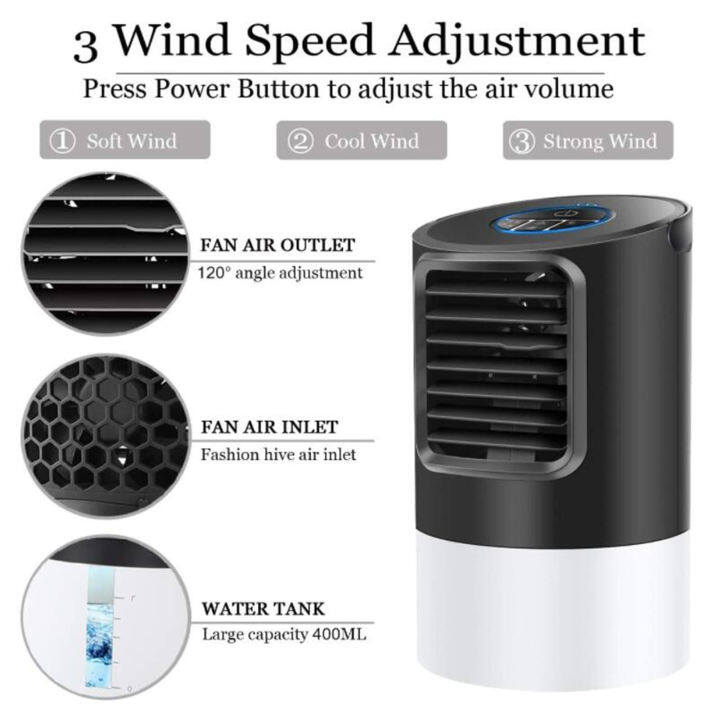
To understand how an air conditioner compressor works, think about the cooling process of a split system central air conditioner. The air conditioner takes heat from the air in your home, cools it through a set of cold pipes (the evaporator coil) and releases cool air into your home. The evaporator coil stays cool thanks to the liquid refrigerant that absorbs the hot air and turns it into a gas. This gas is then transported outside to the condenser coil where the gas becomes a liquid again. From that moment on, the cycle continues. nine0004
How does an air conditioner compressor work and how does heat transfer happen? The compressor pushes the hot gas to a finned condenser coil on the outside of the air conditioner, where fans force cold outside air through the coil and through the fins, removing heat from the refrigerant and transferring it to the outside air.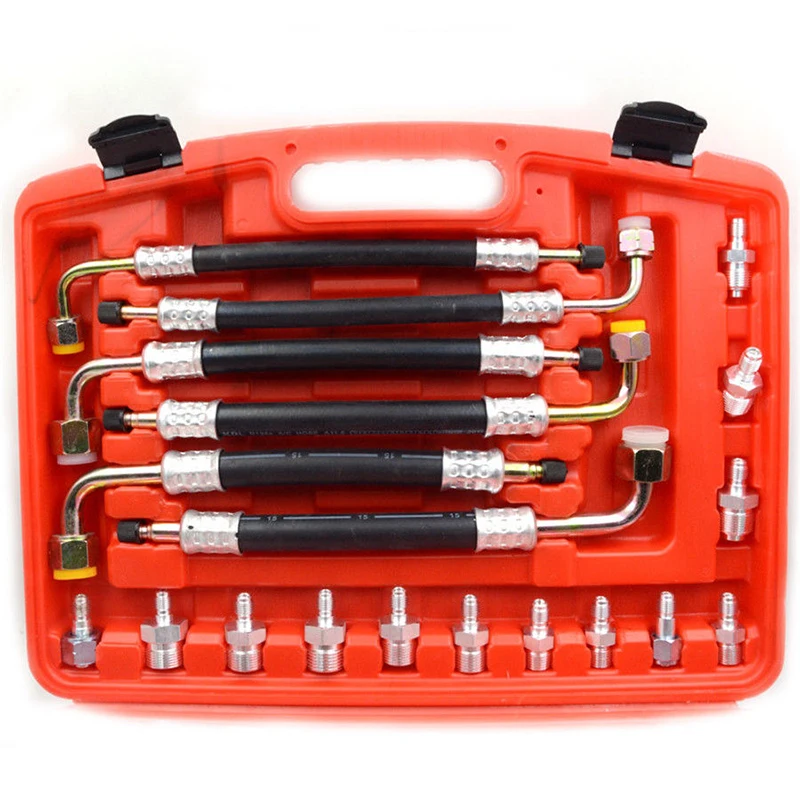
When sufficient heat is removed from the refrigerant, it condenses into a warm liquid, which passes under high pressure to the expansion valve, which turns the refrigerant into a cold low pressure liquid. The refrigerant flows from the expansion valve to a finned evaporator coil located inside the room or on the side of the air conditioner room. nine0004
When the refrigerant enters the evaporator coil, where the pressure is much lower, it is chemically forced to vaporize into a gas. This process requires heat, which comes from warm room air blown around the evaporator coil by another fan. As the heat in the room is transferred to the evaporating refrigerant, the air in the room becomes colder. The refrigerant, now converted back to a cold low pressure gas, is drawn back into the compressor to continue the cycle. nine0004 how an air conditioner compressor works
While your car's air conditioning (A/C) system is made up of various elements, the A/C compressor serves as one of the central parts that create the necessary cycle of the system.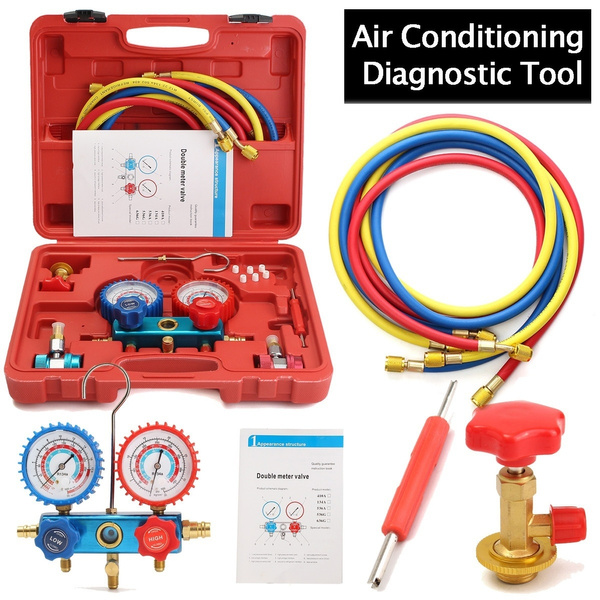 Without it, your entire air conditioning system will not be able to perform its main function of creating cool air inside the car. Its main role is to apply the necessary pressure (compress) to the vehicle's coolant to activate its heat transfer characteristics and change the temperature. This allows you to stay cool during the warmer months and have a clean windshield during the colder months. In this article, we'll take a closer look at the role your A/C compressor plays in your car's A/C system. nine0004
Without it, your entire air conditioning system will not be able to perform its main function of creating cool air inside the car. Its main role is to apply the necessary pressure (compress) to the vehicle's coolant to activate its heat transfer characteristics and change the temperature. This allows you to stay cool during the warmer months and have a clean windshield during the colder months. In this article, we'll take a closer look at the role your A/C compressor plays in your car's A/C system. nine0004
To begin with, it is important to understand the relationship between your A/C compressor and the refrigerant. Freon is a widely used refrigerant, which is a liquid that essentially turns cold air from hot. This refrigerant and compressor are a vital duo that works together with each other. Your car's engine drives the air conditioning compressor, which performs its primary function of compressing the refrigerant used to absorb heated air inside your car's interior. nine0004
As mentioned above, the most commonly used A/C compressor is the swashplate compressor. The pulley and V-belt drive the compressor, which is attached to the car's engine block. When the air conditioning system is turned on, the electromagnetic clutch drives the belt drive. The wobbler drives six reversible pistons that are responsible for both intake and compression. Note that the amount of refrigerant flow is controlled by reed valves. A fine oil mist then circulates and mixes with the refrigerant, providing proper lubrication to the moving parts. nine0004
The pulley and V-belt drive the compressor, which is attached to the car's engine block. When the air conditioning system is turned on, the electromagnetic clutch drives the belt drive. The wobbler drives six reversible pistons that are responsible for both intake and compression. Note that the amount of refrigerant flow is controlled by reed valves. A fine oil mist then circulates and mixes with the refrigerant, providing proper lubrication to the moving parts. nine0004
The A/C compressor then draws gas from the refrigerant through the evaporator, causing a pressure drop. The reduced pressure causes the refrigerant to evaporate at low temperature before the A/C compressor takes in this cold vapor and compresses it. During this compression, the gaseous refrigerant is heated and forced into the condenser through pipes. Here it liquefies again and radiates heat before moving into a cooling zone. The refrigerant then absorbs heat from the passenger compartment. It returns to a gaseous state in the evaporator before being sucked in by the A/C compressor. nine0004
nine0004
You may have heard or read that a failed compressor means the entire air conditioning system needs to be replaced. This is not always true 100% of the time, but it often is. Compressor replacement is expensive. Since dead compressors usually happen in older air conditioners, it is more cost effective to start with a new air conditioner than to pay to install a new compressor in a system that is already wasting electricity and in the trash a few years later. nine0004
a useful breakdown of the different options you have when a compressor fails.
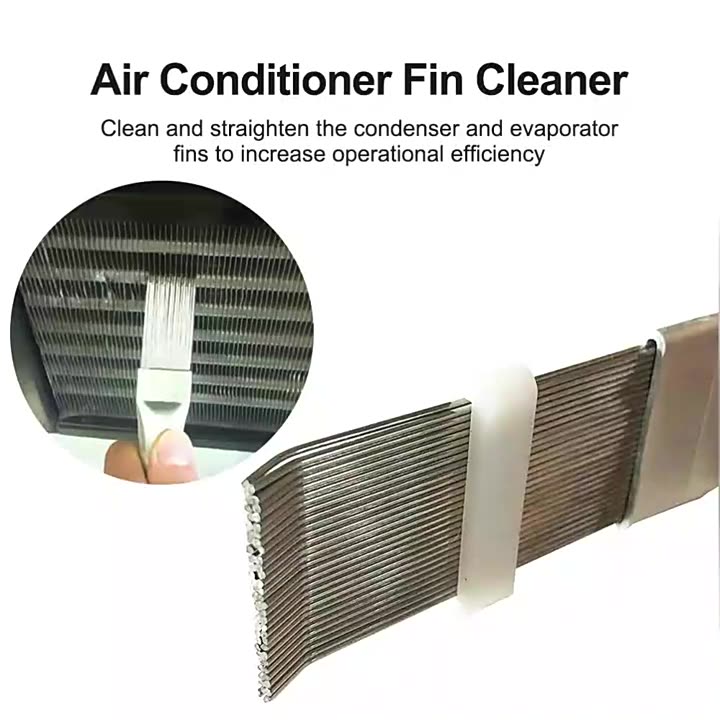 It's cheaper than a complete air conditioner replacement, but we don't recommend it unless your current budget limits larger work. nine0082
It's cheaper than a complete air conditioner replacement, but we don't recommend it unless your current budget limits larger work. nine0082 in general, when we discussed how an air conditioner compressor works, don't forget that air conditioner compressor maintenance is very, very important.